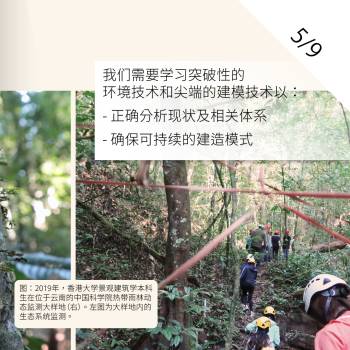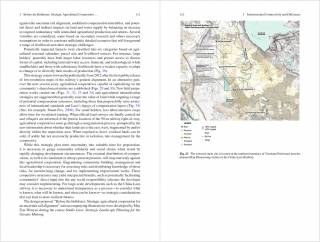COP26 just concluded after two weeks of intense debates, negotiations and compromises. New 2030 pledges, while steps in the right direction, now set a course for a catastrophic 2.4 degrees of global heating by 2100 (Climate Action Tracker.org). Much more needs to be done.
As landscape designers and planners help public and private sectors mobilize, implement and strengthen these pledges through projects such as sustainable land use planning, we must build guarantees into our projects at all scales that ensure diverse conceptions of sustainability.
As we mitigate coastal erosion, wildfires, floods, drought, and invasive species, we must not forestall democratic participation in the planning process. We must guarantee that technical decision-making is not further distanced from the human and non-human nature these mitigation strategies impact. Increased ecological efficiency and alternative technologies must preserve natural and cultural diversity.
As we decarbonize our modes of construction, we must scrutinize the lifecycle of construction technologies, including materials origins, and ensure the monitoring of our projects’ carbon budgets are robust. We must take a precautionary approach that is rigorously based on scientific uncertainty.
As we reduce and reverse deforestation and biodiversity collapse, we must avoid (not offset) habitat loss and fragmentation, acknowledge diverse land rights and livelihoods, and recognize and empower both formal and informal community conservation initiatives.
Landscape architecture at HKU focuses on understanding and engaging the overlapping technical, cultural and political dimensions of environmental change across scales and development sectors.
Policy and plans are necessary but are never enough. Sustainability is only possible through sustained engagement.
Don’t do development as usual.
Posted by: Ashley Scott Kelly (Design for Conservation)



































